Vassilios Vonikakis
Efficient Facial Expression Analysis For Dimensional Affect Recognition Using Geometric Features
Jun 15, 2021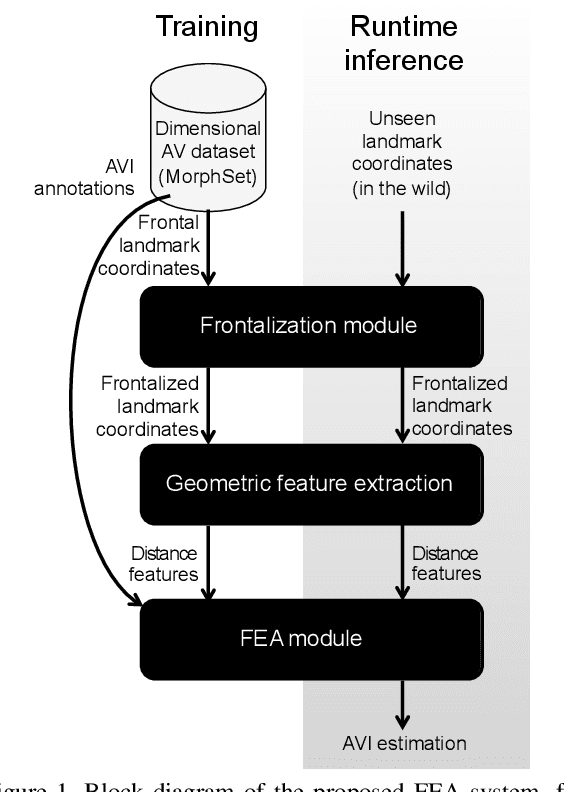

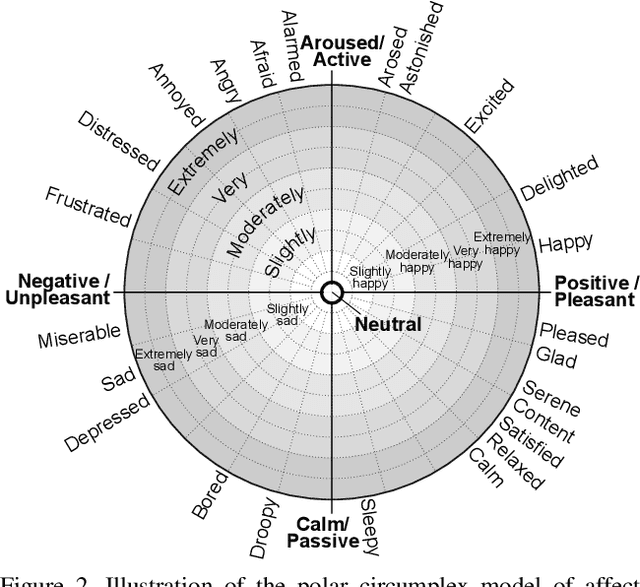
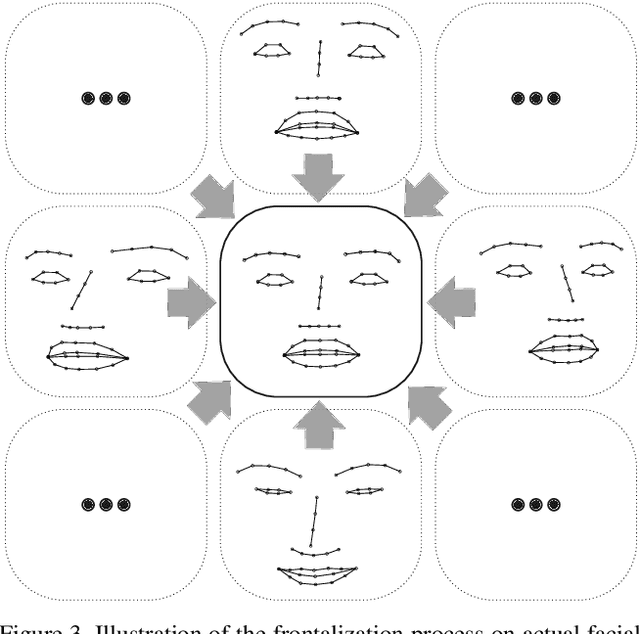
Abstract:Despite their continued popularity, categorical approaches to affect recognition have limitations, especially in real-life situations. Dimensional models of affect offer important advantages for the recognition of subtle expressions and more fine-grained analysis. We introduce a simple but effective facial expression analysis (FEA) system for dimensional affect, solely based on geometric features and Partial Least Squares (PLS) regression. The system jointly learns to estimate Arousal and Valence ratings from a set of facial images. The proposed approach is robust, efficient, and exhibits comparable performance to contemporary deep learning models, while requiring a fraction of the computational resources.
Morphset:Augmenting categorical emotion datasets with dimensional affect labels using face morphing
Mar 04, 2021
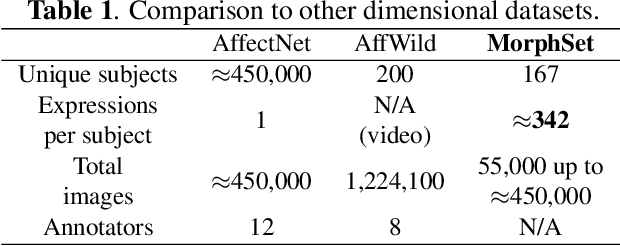
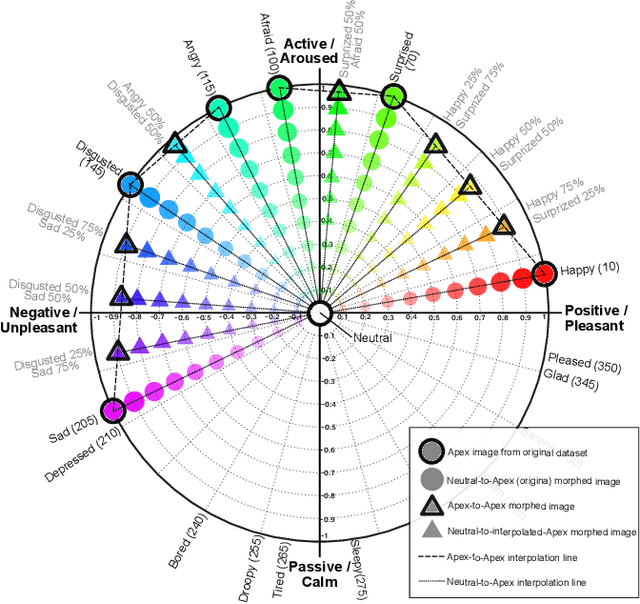

Abstract:Emotion recognition and understanding is a vital componentin human-machine interaction. Dimensional models of affectsuch as those using valence and arousal have advantages overtraditional categorical ones due to the complexity of emo-tional states in humans. However, dimensional emotion an-notations are difficult and expensive to collect, therefore theyare still limited in the affective computing community. To ad-dress these issues, we propose a method to generate syntheticimages from existing categorical emotion datasets using facemorphing, with full control over the resulting sample distri-bution as well as dimensional labels in the circumplex space,while achieving augmentation factors of at least 20x or more.
 Add to Chrome
Add to Chrome Add to Firefox
Add to Firefox Add to Edge
Add to Edge